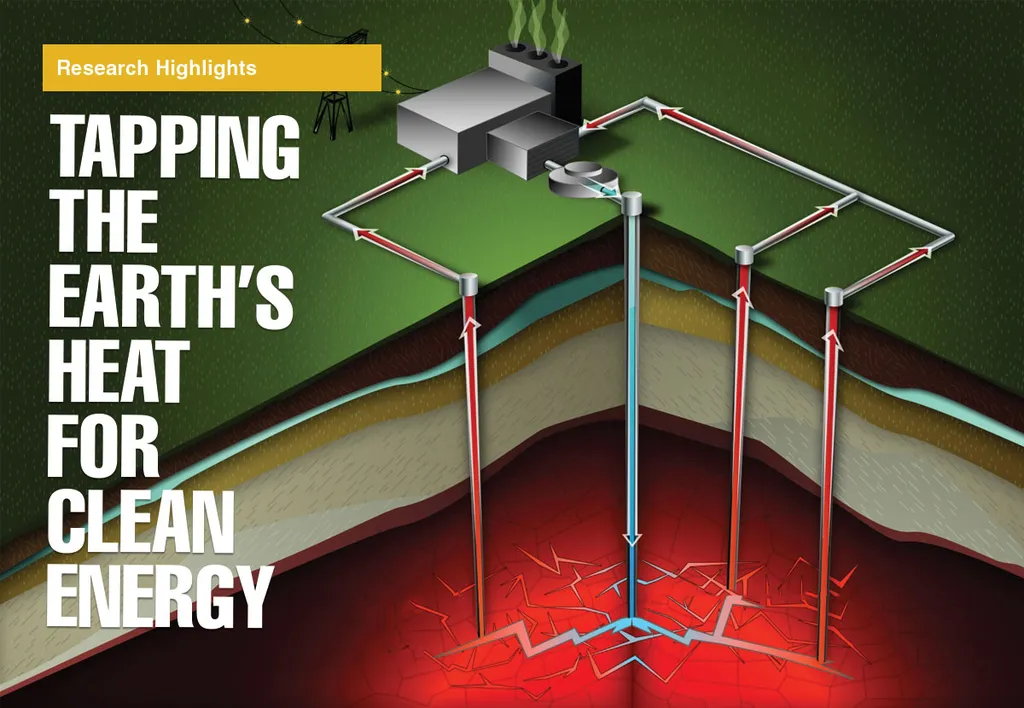Researchers Gerónimo J. Caselli, Luis O. Manuel, and Liliana Arrachea from the Universidad Nacional de Córdoba in Argentina have published a study in the journal Physical Review E that delves into the realm of quantum thermal machines, offering insights that could potentially enhance the performance of energy systems at the quantum level.
The study focuses on quantum thermal machines composed of interacting qubits, which are the fundamental units of quantum information. These machines operate within the framework of the Lindblad master equation, a mathematical tool used to describe the dynamics of open quantum systems. By implementing a systematic expansion in the driving rate, the researchers derived explicit expressions for the rate of work, heat currents, and entropy production up to the second order, ensuring thermodynamic consistency in the linear-response regime.
One of the key findings of the study is the separation of geometric and dissipative contributions in the formalism. These contributions are identified by a Berry curvature and a metric in parameter space, respectively. The researchers found that the geometric heat pumped per cycle is bounded by a limit known as the Landauer limit for entropy change, which is applicable to non-interacting qubits. However, this limit can be surpassed when qubit interactions and asymmetric couplings to the baths are introduced.
For practical applications in the energy sector, this research could pave the way for more efficient quantum heat engines. The study provides a general platform for understanding dissipation, pumping, and performance optimization in driven quantum devices. By leveraging the insights gained from this research, engineers and scientists could potentially develop more efficient energy systems that operate at the quantum level, leading to advancements in fields such as quantum computing and quantum thermodynamics.
In summary, the study by Caselli, Manuel, and Arrachea offers a detailed analysis of quantum thermal machines, highlighting the role of geometric heat pumping and the potential for enhancing performance through qubit interactions and asymmetric couplings. This research, published in Physical Review E, provides valuable insights that could drive innovation in the energy sector and beyond.
This article is based on research available at arXiv.

